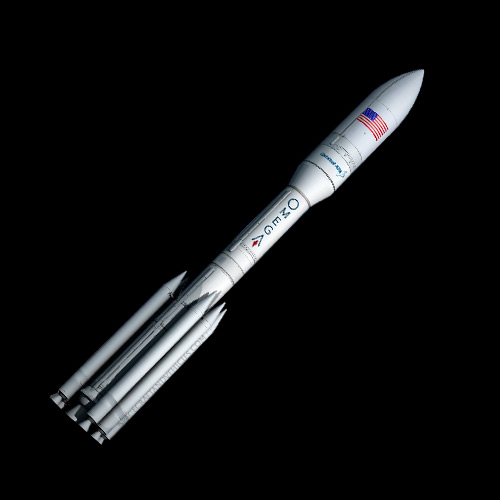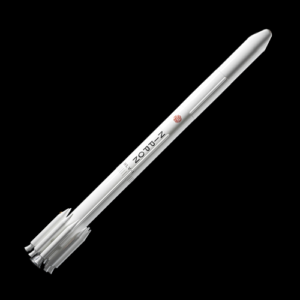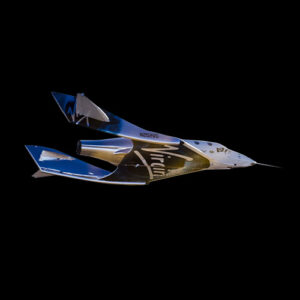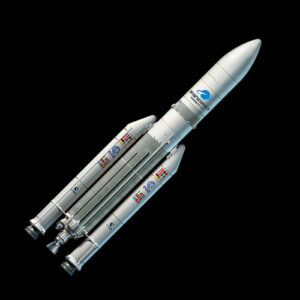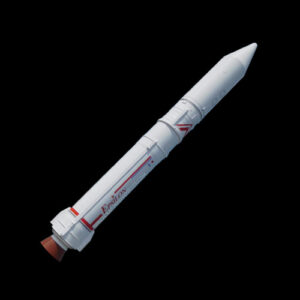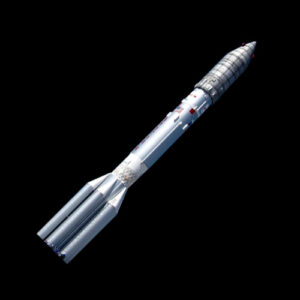The OmegA rocket, developed by Northrop Grumman, is a heavy-lift launch vehicle designed to deliver payloads to a variety of orbits, including geostationary transfer orbit (GTO) and low Earth orbit (LEO). With its powerful propulsion systems and versatile payload capacity, OmegA aims to provide reliable and cost-effective access to space for a wide range of missions, including commercial satellite deployments and national security launches.
Design and Construction
OmegA features a modular design with multiple stages powered by solid and liquid rocket engines. The rocket’s construction utilizes advanced materials to ensure structural integrity and performance under the extreme conditions of launch and spaceflight. Engineering challenges included optimizing the integration of different propulsion systems and ensuring compatibility with various payload configurations.
Mission Objectives
The primary mission objective of OmegA is to deliver payloads into designated orbits with precision and reliability. This includes deploying communication satellites, scientific payloads, and national security assets. Secondary objectives may include technology demonstrations, international cooperation initiatives, and support for space exploration endeavors.
Launch and Deployment
OmegA launches are typically conducted from established launch facilities, such as Cape Canaveral Space Force Station in Florida. Launch dates and locations are determined based on mission requirements and orbital trajectories. Each launch undergoes rigorous testing and preparation to ensure mission success, with dedicated teams overseeing launch vehicle assembly, integration, and countdown procedures.
Technical Specifications
- Dimensions: Height of approximately 60 meters
- Weight: Up to 800,000 kilograms at liftoff
- Payload Capacity: Up to 14,000 kilograms to GTO
- Propulsion System: Combination of solid rocket boosters and liquid rocket engines
- Power Source: Batteries and onboard power generation systems
- Instruments and Equipment: Guidance, navigation, and control systems; telemetry and communication equipment
Current Status
As of the latest updates, OmegA is in the development and testing phase, with several successful tests of its propulsion systems and components. Northrop Grumman continues to work towards completing the rocket’s development and securing contracts for commercial and government launches. Future plans include conducting maiden flights and establishing OmegA as a reliable launch vehicle in the global market.
